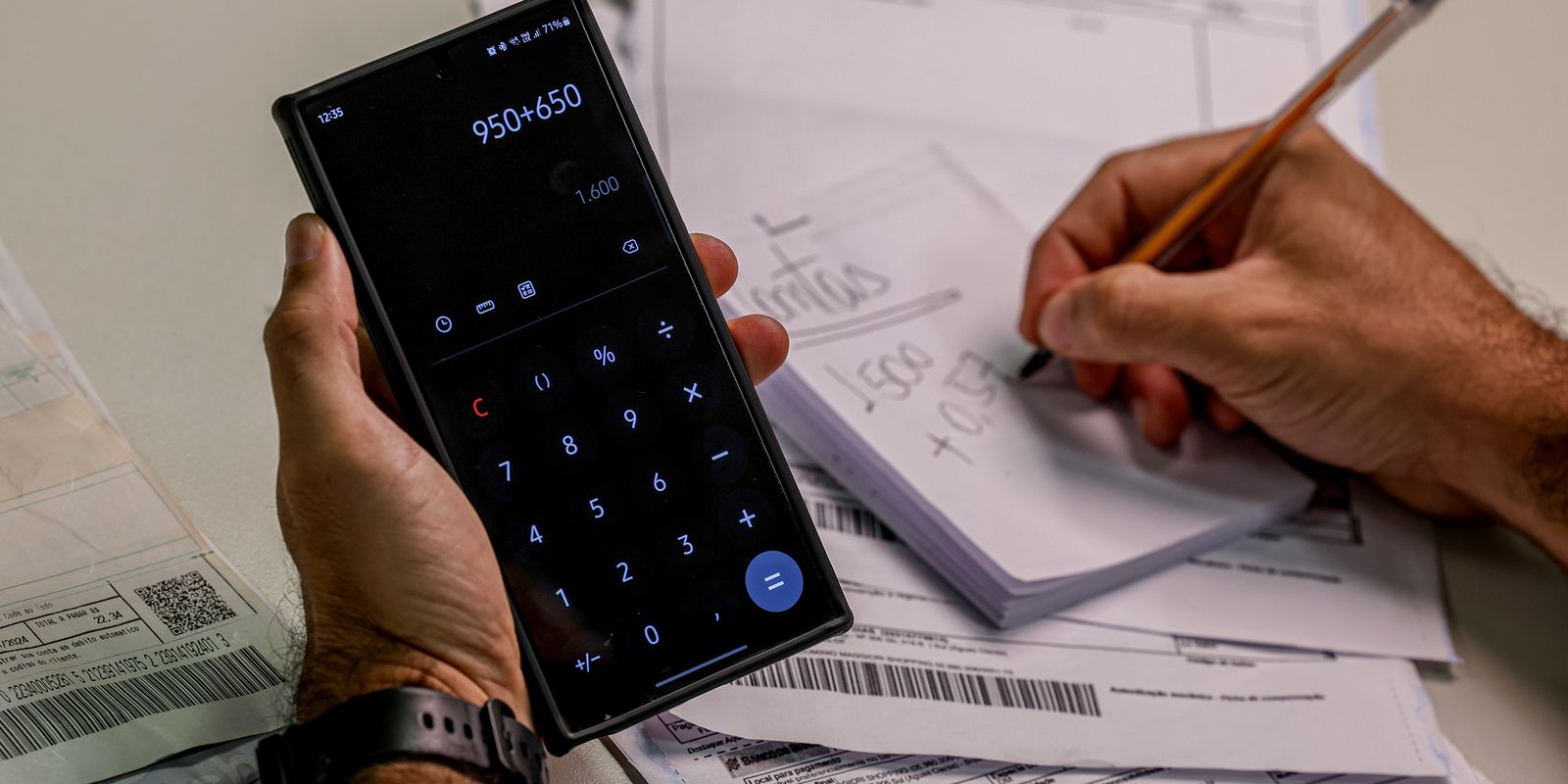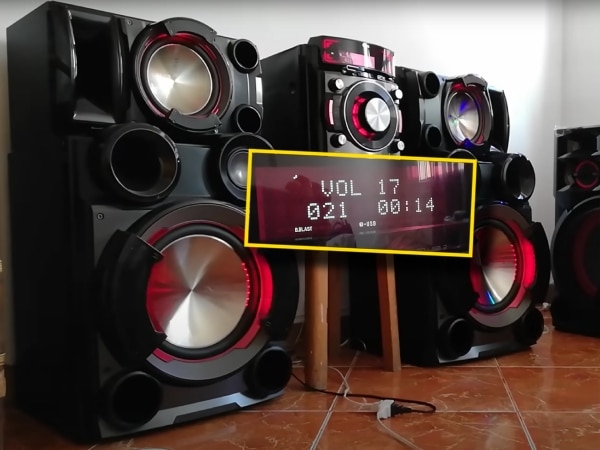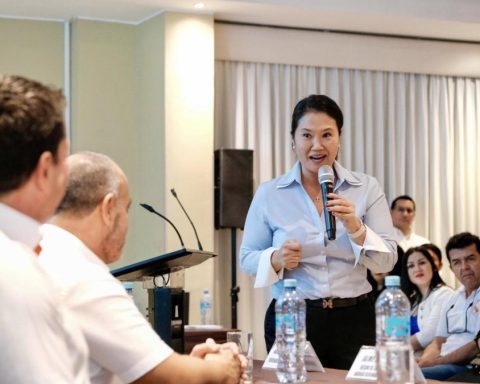Payment slips can be paid not only by barcode, but through other instruments, such as Pix. The Central Bank (BC) approved this Thursday (12) a resolution that modernizes the traditional bank slip.
Although the resolution will only come into force on February 3, invoices may now contain a specific QR code for payment. The resource, informed the BC, will be offered on an experimental basis until regulations on the subject are further developed in 2025.
With the QR code, the user simply points their cell phone and completes the transaction. The great advantage of paying via Pix is that the operation is cleared instantly, without the need to wait several days, as is the case with some current bank slips.
The BC also created the dynamic billing boleto (or dynamic boleto) modality. According to the agency, the tool will bring more security in payments of debts being collected represented by certain types of titles, such as the book-entry duplicate provided for in Law 13,775, of December 20, 2018.
As these securities can be negotiated, the BC considers it essential to guarantee security, for both the payer and the creditor, that payments will be destined to the legitimate rights holder. To ensure the correct allocation of automatic payments, the dynamic bill will be linked to the title, issued digitally in systems authorized by the BC.
According to the BC, the creation of the dynamic bill represents a huge step forward in modernizing the financial system and providing greater security in the negotiation of important types of securities essential to the promotion of companies, especially small and medium-sized ones.
“In relation to book-entry duplicates, security extends both to the drawee, the debtor of the debt, who, using the same invoice that was presented to him by physical or electronic means, will be able to automatically fulfill his obligation to make the payment to the legitimate creditor of the duplicate, as for the financier who acquired the title, who will not need to exchange payment instruments to guarantee receipt of the acquired resources”, explained the body in a note.
As the bookkeeping or registration systems that will provide digital support for these securities or assets are still being implemented, the dynamic bill must be adopted within six months after the approval of at least one of these systems.
















